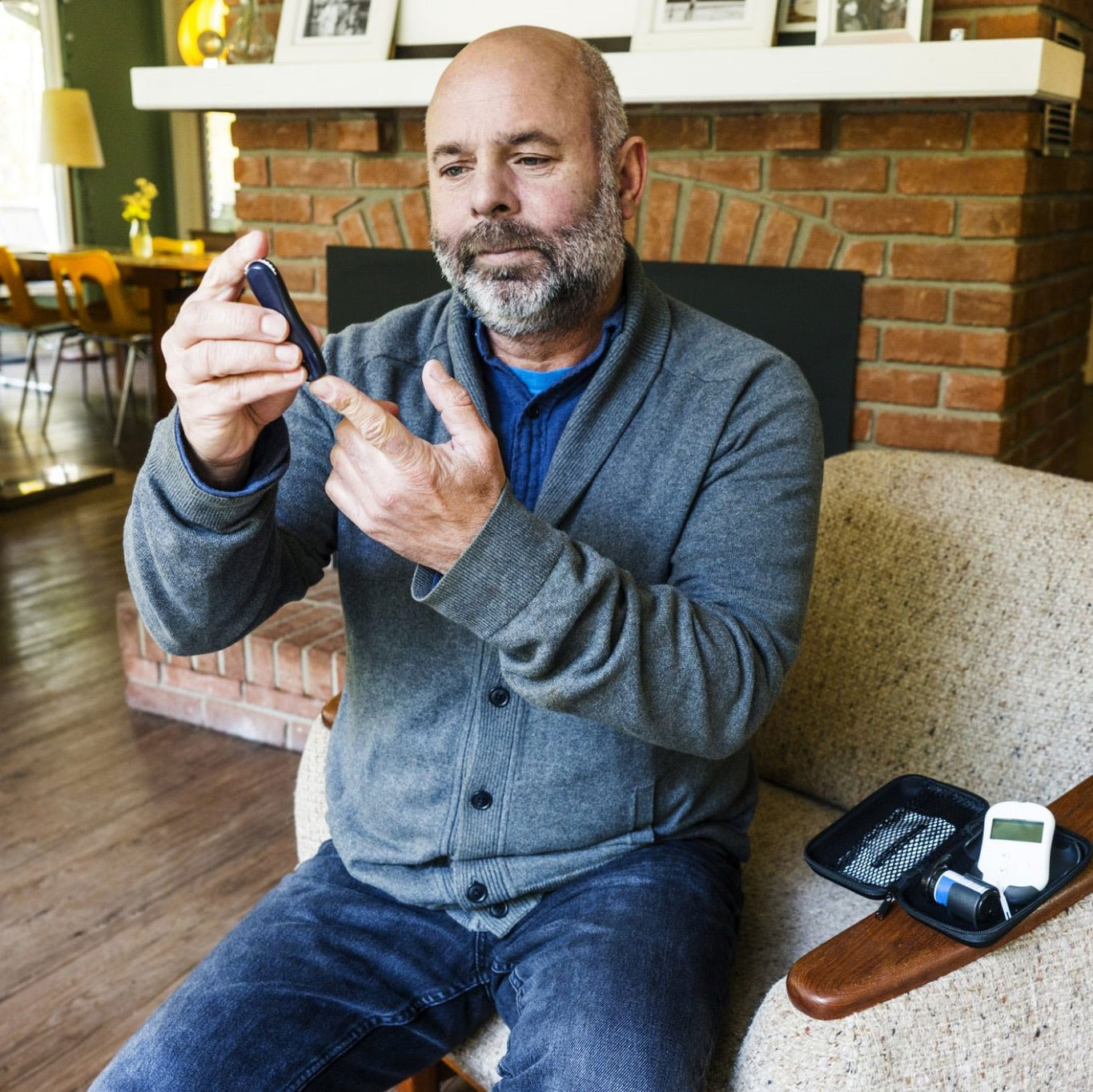How Diabetics Should Treat Cuts and Scrapes

July 16, 2021
If you have diabetes, even a minor cut or scrape can turn into a serious problem. Here’s how to treat a wound properly to protect your health.
For most people, a nick or a scrape is no big deal. But for someone with diabetes, even a minor cut or scrape can turn into a very serious problem if not treated properly.
“Diabetes impacts white blood cell function, which obstructs the body’s ability to fight bacteria and close wounds,” says Asaad H. Samra, M.D., director of the Center for Wound Healing at Bayshore Medical Center. In addition, people with uncontrolled diabetes may develop poor circulation, making it difficult for the body to deliver nutrients to injured areas, which hinders the healing process.
That’s why it’s crucial for people with diabetes to correctly treat any wound, no matter how minor it seems. Here’s some advice from Dr. Samra:
- Wash the wound thoroughly. Use an antibacterial soap and warm water to clean out the wound. Then pat dry with a clean cloth and apply over-the-counter antibacterial ointment.
- Cover the wound. Use a bandage to keep the wound clean, moist and protected. “It’s now considered old, inaccurate information to let a wound dry out,” says Dr Samra.
- Redress it daily. Take off the bandage and make sure nothing has significantly changed since the last time you saw the wound. Use soap and water to wash away the old ointment, then pat dry and apply a fresh coat. If, after a few days, you feel the wound is healing well, you can stretch the redressing to every other day.
- Inspect it every time you change the bandage. If you don’t see improvement over the course of a week, or if any redness or foul smell develops, call your doctor. Also contact your doctor if the wound fails to heal within four to six weeks.
- Check your feet daily. Diabetes can lead to neuropathy, which limits sensation in the extremities. “So someone with diabetes could have an injury on their foot and not even know it,” says Dr. Samra. This, plus poor blood flow, puts you at risk for developing an infection from a foot sore. Be on the lookout for any cuts, sores, blisters, swelling or any changes to the skin or nails. Don’t forget to check the bottom of your feet (use a mirror). And never go barefoot, even inside your house.
The material provided through HealthU is intended to be used as general information only and should not replace the advice of your physician. Always consult your physician for individual care.
